Unboxing Great Packaging Design with Taylor Box

Great packaging, like a great salesperson, tells a story. So when Taylor Box, a family-owned packaging manufacturer in Rhode Island, was tasked with developing the sales kit packaging for the premium StaSof golf glove from Titleist’s FootJoy brand, storytelling was at the forefront of the designer’s mind.
FootJoy needed a kit that would help its sales team tell the tale of the StaSof glove and convince golf pro shops that the glove was a game-changer. Ken Byrne, senior design engineer, and Marken Shedd, senior business analyst, share why paperboard was the logical choice for helping their client create a customer experience.
Click to watch
On Using Paper to Tell a Story
Byrne: Strictly speaking, this isn’t an unboxing; it’s a storytelling. This package tells the story of the StaSof glove, from the premium materials to how it’s constructed. They wanted the sample of leather to be one of the first things you saw—the leather is made from a particular kind of sheep—and they wanted to include an actual hide, so you can feel the leather. The sequence of the panel reveals was geared toward the priorities and the script that FootJoy wanted the salespeople to follow.
Packaging should support your brand. We have some customers that are very environmentally conscious; they’re looking for a natural, textured, uncoated feel, and that supports the kind of natural thing that they’re doing. Then we have other companies—cosmetics are a good example—where things are glossy, high-finish, polished, because that’s the image they want. Paper tells both of these stories well.
Shedd: This package was functionally a brand proxy. The entire entity of FootJoy cannot be there at the moment when the buyer is making the decision, so you send this physical box as an emissary of your company. This package killed it for FootJoy because it represented their ethos so perfectly.
On Paper Packaging’s Tangible Benefits
Shedd: You can imagine all the competitors for StaSof sending somebody a digital deck or even a customized video. That’s not going to make nearly the impact that showing up with a physical, beautiful, theatrical case that ends with you touching an entire hide is going to make.
People have digital burnout, so bringing them back into the real world is an exciting space to be in when you’re trying to tell a brand story. But people are also not going to buy any less online. So if you think about all the experiences that you used to have in an in-store merchandising experience, we need to replace that in e-commerce.
I think that’s going to happen a lot with paperboard packaging. A lot of it’s going to happen within the world of custom corrugated, both in printing and in so many interesting ways of folding things.
On the Marriage of Luxury and Sustainability
Byrne: The thickness and weight of the materials can help reinforce a premium brand. These boxes are nice enough that people can actually hold onto them, so it’s truly recycling in that they reuse them as they are instead of dumping them into the recycling bin and repulping them.
Shedd: We are lucky in that two trends are converging. Rigid boxes are the standard for premium and luxury packaging; it’s a physical package that’s associated with a wealth experience that people aspire to. And then we have an emerging trend, which is sustainability as luxury. Being good to the planet is currently something that’s most accessible for the wealthy, and people will pay more to know that they have a reduced carbon footprint.
So the sustainability story with this box is that, aside from the fact that all of the board is 100 percent recycled, it’s reduce, reuse, recycle—reuse being the operative term here. That’s the opposite of single-use, right? And Taylor Box is domestically manufactured, so you’re cutting out all kinds of carbon there. That confluence of trends—sustainability as luxury, and rigid packaging as a luxury—puts Taylor Box in a position of strength, because we are producing luxury sustainable products.


